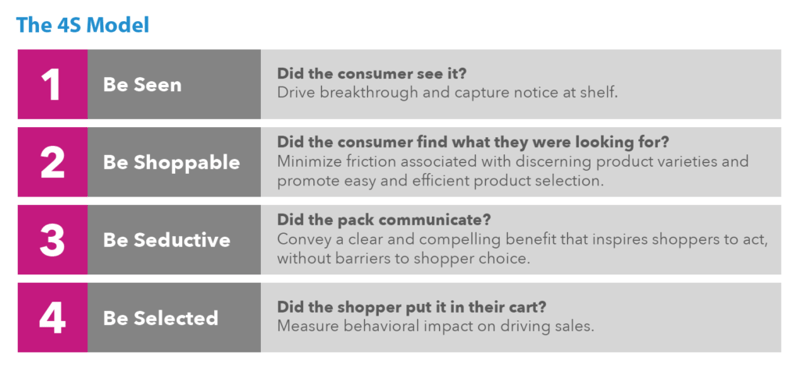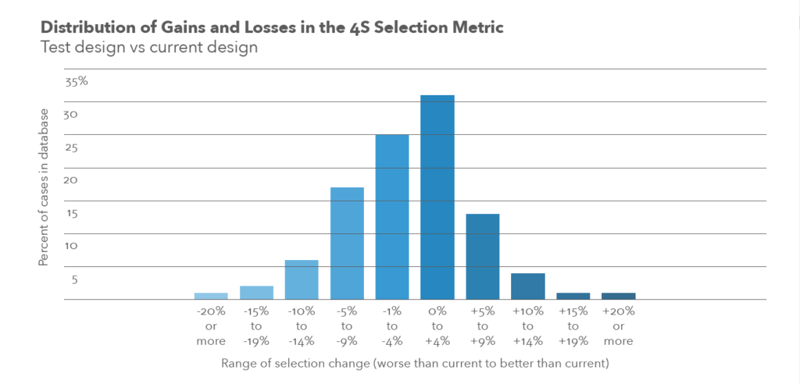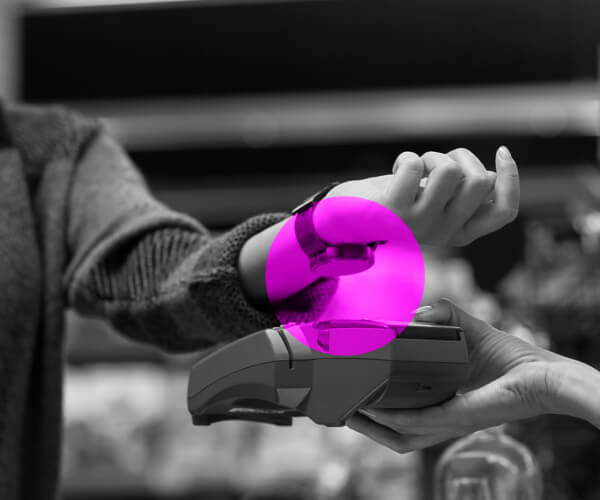Sustainability is literally a core pillar in the ESG commitments made by brands in consumer package goods globally. For consumers, this is becoming more or less expected, and “table stakes” in the factors that influence shopper choice. Beyond reducing their carbon footprints, brands are making huge investments in manufacturing that is “green and clean” and ensuring that ingredients in their products are sustainably and ethically sourced.
The remaining component in the sustainability equation is packaging, and the good news is that everyday manufacturers and materials providers are making strides in the introduction of solutions that are recyclable, made from material that reduces weight in shipping, or are derived from recycled material (or in some cases reusable material). But a question some clients face is what to do about secondary packaging? Can it be eliminated and if so, what are the watch outs and pitfalls to avoid?
Secondary packaging serves many purposes including protecting the contents or product from damage before purchase, ease of stocking on shelves, or security in the case of products needing to be tamper proof. Aside from functional purposes, it also serves as “real estate” to communicate marketing claims about the product inside. The dilemma is that no matter how environmentally friendly packaging materials might be, it also creates more waste and contributes to the perception, if not the reality, of being less sustainable for the planet. Not to mention, retailers are simultaneously pressuring brands to fit more products on shelf within the same amount of space. So, what are brands to do?
Our research across consumer products have confirmed that when you are considering moving away from secondary packaging there are best practices, grounded in behavioral science, to achieve optimal in market results. Our KPIs for all packaging design decisions are based on what we call the 4S framework: the pack must be Seen, Shoppable, Seductive and Selected. Making the move to reduce or eliminate secondary packaging will be successful if the resulting primary pack, based on these criteria, can convey maximum Benefits that influence shoppers to purchase your product, and at the same time reduce Barriers that might disrupt shopper choice.

Let’s start with those factors in eliminating that lead to Benefits:
- For those consumers with the highest standards of “sustainability”, removing secondary packaging is an obvious key factor in their purchase consideration. However, your pack needs to convey, however subtly, that the absence of secondary packaging is a deliberate choice for your brand to be Seen as Sustainable. And that message must be balanced amongst all other benefits the pack conveys.Research we conducted revealed that even amongst consumers who claim to be motivated by eco-friendly promises, only a small percentage would be influenced to make a product choice based on the packaging being sustainable (relative to other claims or functional attributes).
- If your brand coming out of secondary packaging is a category “first-mover”, this may lead to your brand standing out at shelf – as your now unique structure can be Seen in a “sea” of secondary packs. Through visual contrast your brand may capitalize on this as an ownable asset, potentially providing more distinction and subsequent reappraisal from non-brand users.
- Primary packs may better highlight details that are aesthetically pleasing, or functionally advantageous by leveraging unique packaging structures, finishes and touches (e.g., seeing the food you are about to eat through a product “window”, or soap dispensers you want to display at the sink – which can help you achieve Seduction!).
- Depending on the category, there is also opportunity to showcase the product inside better (e.g., seeing color more easily in cosmetic products like foundation), which makes the product more Shoppable.
However, there are tradeoffs to consider. Barriers to avoid include:
- If secondary packaging is associated with recognizable visual elements, an emotional trigger for shopper loyalty, eliminating the outer-pack may cause confusion among shoppers wondering if this is still “their” brand/product. This can have negative impact on being Selected, especially if there are no additional POS marketing materials to help alleviate concerns.
- A primary pack on shelf will have a smaller product footprint, potentially leading to lower visibility rates. With a smaller product footprint, you also reduce opportunity to create a “billboard” effect at shelf, potentially minimizing core visual equities inherent to the brand being Seen.

- This can be further compounded if the smaller dimension of the primary pack results in less “real estate” to convey key elements that influence choice.
- Less “real estate” can impact a variety of communications including variant differentiation, benefit claims, cost-of-entry category information or, importantly, a competitive point-of-difference. This can make the product less Shoppable and potentially impact Selection.
- Eliminating secondary packaging means less protection for the product itself, which can be critical to shoppers in specific categories (e.g., OTC products), making it less likely to be Selected.
- In certain categories, the structure and material of the primary packaging might be suboptimal for shelf stocking or merchandising requirements.
- The elimination of secondary packaging might necessitate a complete re-design of the primary packaging structure, requiring rethinking of how design elements will be displayed and Seen on the resulting pack.
Sustainability is a pressing issue and brands need to understand the Benefits and Barriers when considering whether to eliminate secondary packaging. The key to any packaging strategy, including supporting Sustainability goals amongst all the other considerations that drive shopper growth, lies in following best practice design principles. The most effective method to validate if packaging can “stand alone” is to test against behavioral 4S metrics to see if will be Seen, Shoppable, Seductive, and Selected.
We recently published an e-book, covering our learning over 5 decades, about how to achieve successful pack design. You can downland a copy of “The Power of Packaging to Drive Shopper Growth” here. In it, we cover 10 categories of best practices, including a chapter with further details on the 4S framework – and Chapter 2, which we have dedicated entirely to the Sustainability Conundrum.
Please do not hesitate to contact us today with any of your packaging questions, including those around Sustainability, or to schedule a presentation of pack insights!
THE AUTHOR
Matt Salem, SVP Client Development, loves researching anything and everything – professionally and personally! As the host of Behaviorally’s ‘Our Best Behavior’ podcast, he speaks with guests about a variety of topics tied to Driving Shopper Growth. Through the experience and perspective of various roles over 18+ years at Behaviorally (formerly PRS), he excels at ensuring clients successfully uncover shopper insights.
P.S. For more thought leadership around Sustainability, check out We Better Behave! to watch on-demand our virtual event from late in 2021. We brought together sustainability experts and insights leaders at clients in partnership with other agencies for whom Sustainability is a core value. (I am a presenter there too!)
Photo by Jess @ Harper Sunday on Unsplash

